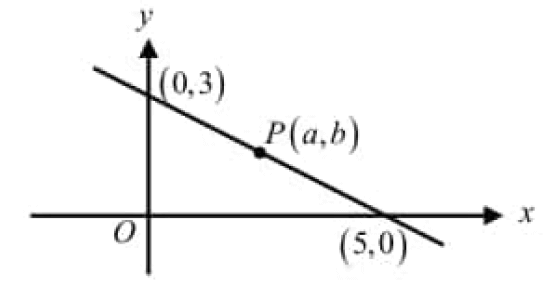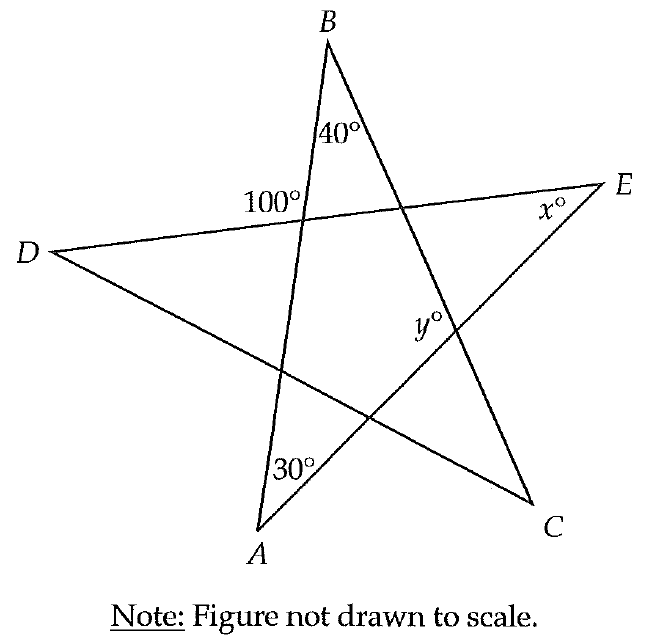IF THE GIVEN RELATION IS REFLEXIVE SYMMETRIC OR TRANSITIVE
Reflexive, Symmetric and transitive Relation
Let S be any non-empty set. Let R be a relation on S. Then
- R is said to be reflexive if a is related to a for all a ∈ S.
- R is said to be symmetric if a is related to b implies that b is related to a.
- R is said to be transitive if “a is related to b and b is related to c” implies that a is related to c.
Question 1 :
Discuss the following relations for reflexivity, symmetricity and transitivity:
(iv) Let A be the set consisting of all the female members of a family. The relation R defined by “aRb if a is not a sister of b”.
Solution :
Let A be the relation consisting of 4 female members, a grand mother (a), her two children (b and c) and a grand daughter (d).
Condition for reflexive :
R is said to be reflexive, if a is related to a for a ∈ S.
a is not a sister of a itself. Hence it is reflexive.
Condition for symmetric :
R is said to be symmetric, if a is related to b implies that b is related to a.
aRb that is, a is not a sister of b.
bRa that is, b is not a sister of c.
Note : We should not take b and c, because they are sisters, they are not in the relation.
Hence it is symmetric.
Condition for transitive :
R is said to be transitive if “a is related to b and b is related to c” implies that a is related to c.
aRc that is, a is not a sister of c.
cRb that is, c is not a sister of b. But a is not a sister of b. Hence it is transitive.
Hence the given relation A is reflexive, symmetric and transitive.
(v) On the set of natural numbers the relation R defined by “xRy if x + 2y = 1”.
Solution :
Condition for reflexive :
R is said to be reflexive, if a is related to a for a ∈ S.
let x = y
x + 2x = 1
3x = 1 ==> x = 1/3
1/3 is not related to 1/3, because 1/3 is not a natural number and it is not in the relation.R is not symmetric.
The given set R is an empty relation. An empty relation can be considered as symmetric and transitive.
Hence R is not reflexive, symmetric and transitive.
Related Topics
Difference between reflexive and identity relation
Kindly mail your feedback to v4formath@gmail.com
We always appreciate your feedback.
©All rights reserved. onlinemath4all.com
Recent Articles
-
Digital SAT Math Problems and Solutions (Part - 134)
Apr 02, 25 12:40 AM
Digital SAT Math Problems and Solutions (Part - 134) -
SAT Math Resources (Videos, Concepts, Worksheets and More)
Apr 02, 25 12:35 AM
SAT Math Resources (Videos, Concepts, Worksheets and More) -
Digital SAT Math Problems and Solutions (Part 135)
Apr 02, 25 12:32 AM
Digital SAT Math Problems and Solutions (Part 135)

